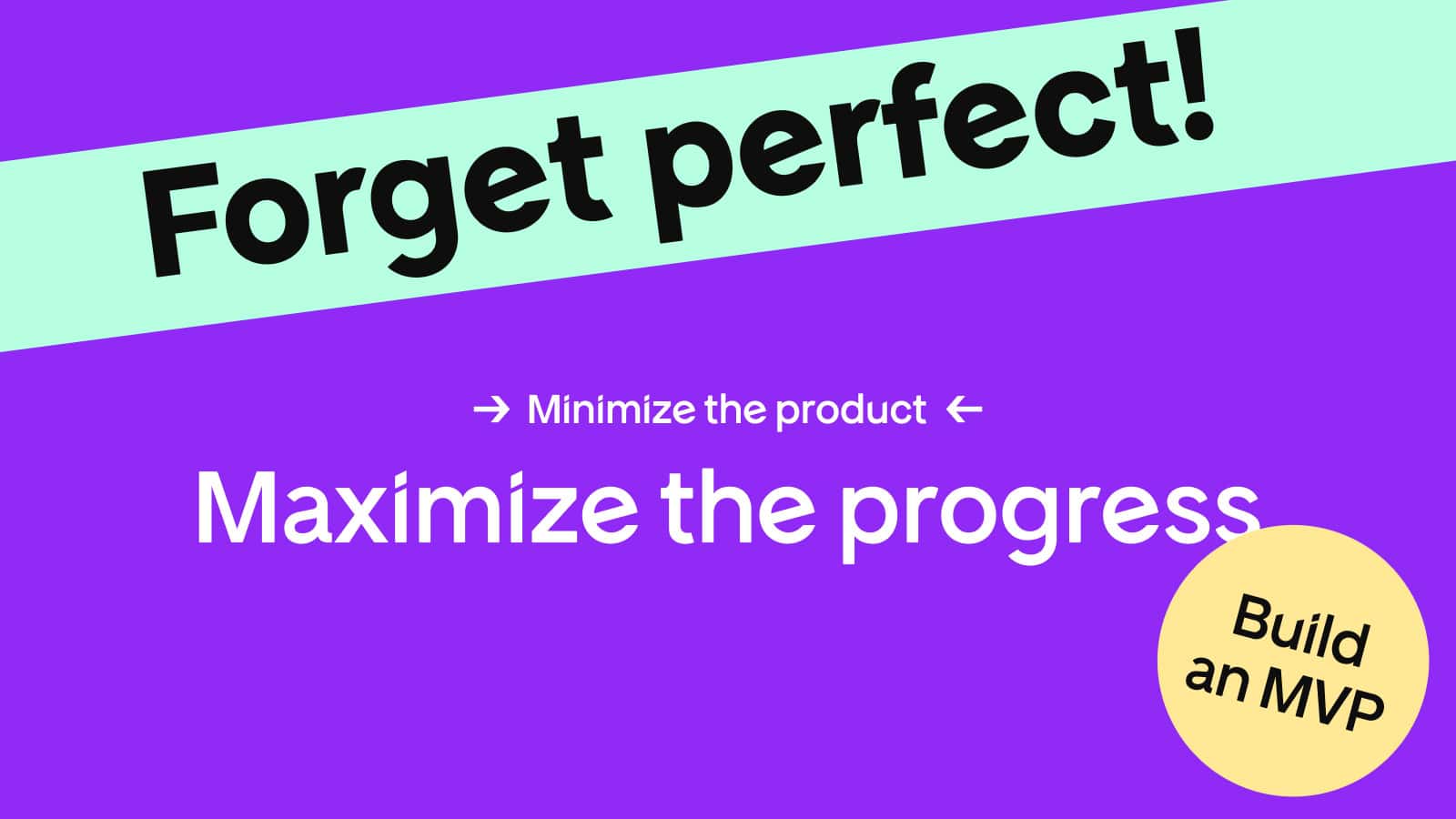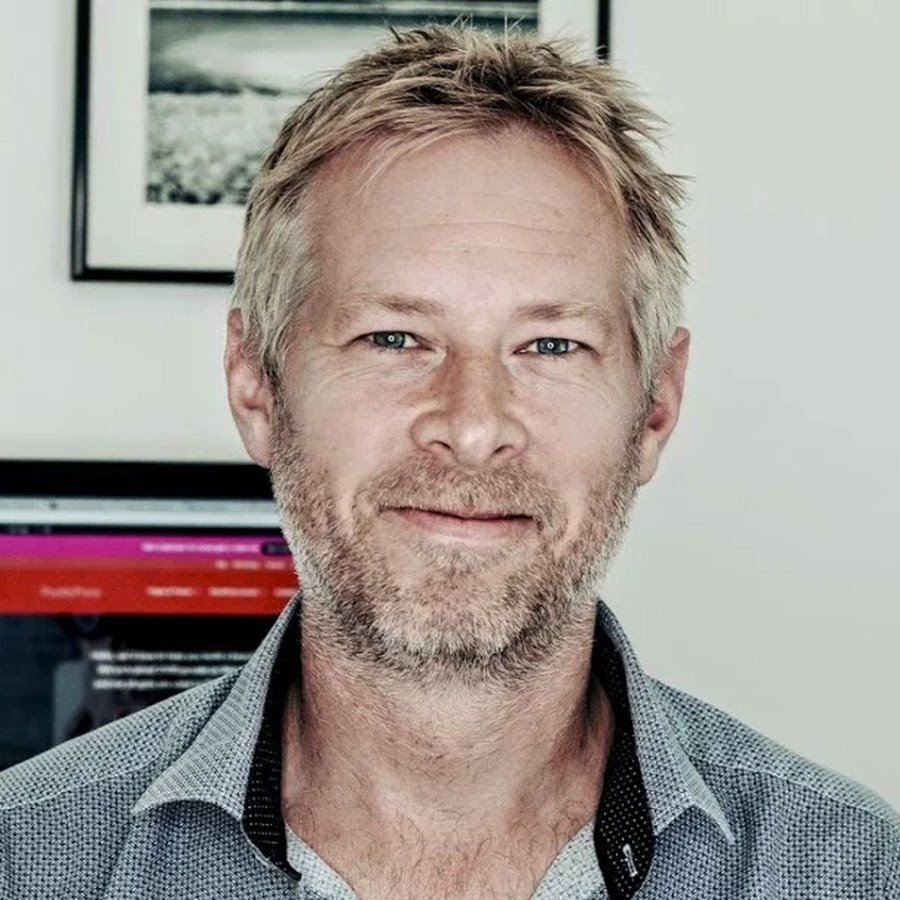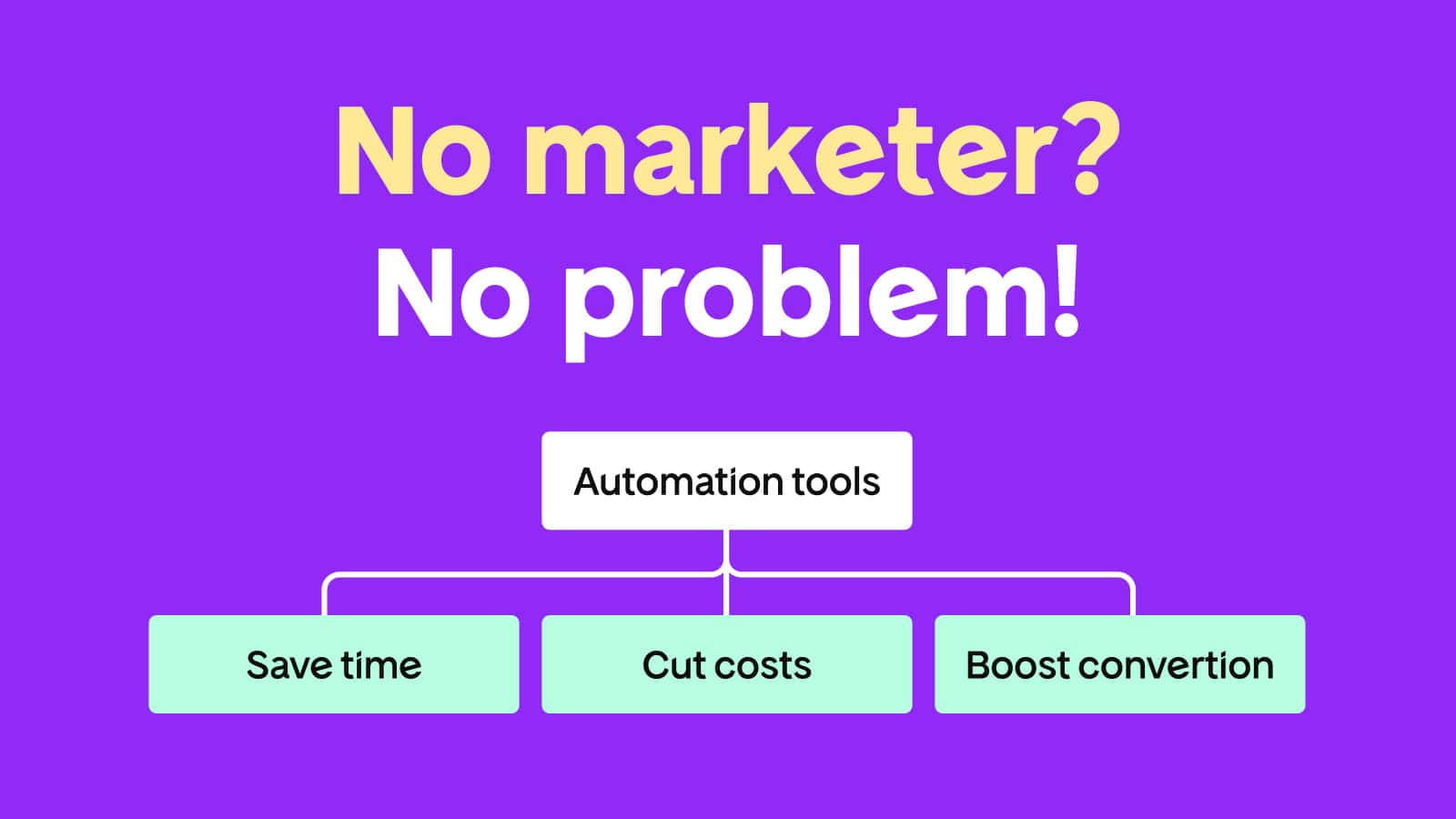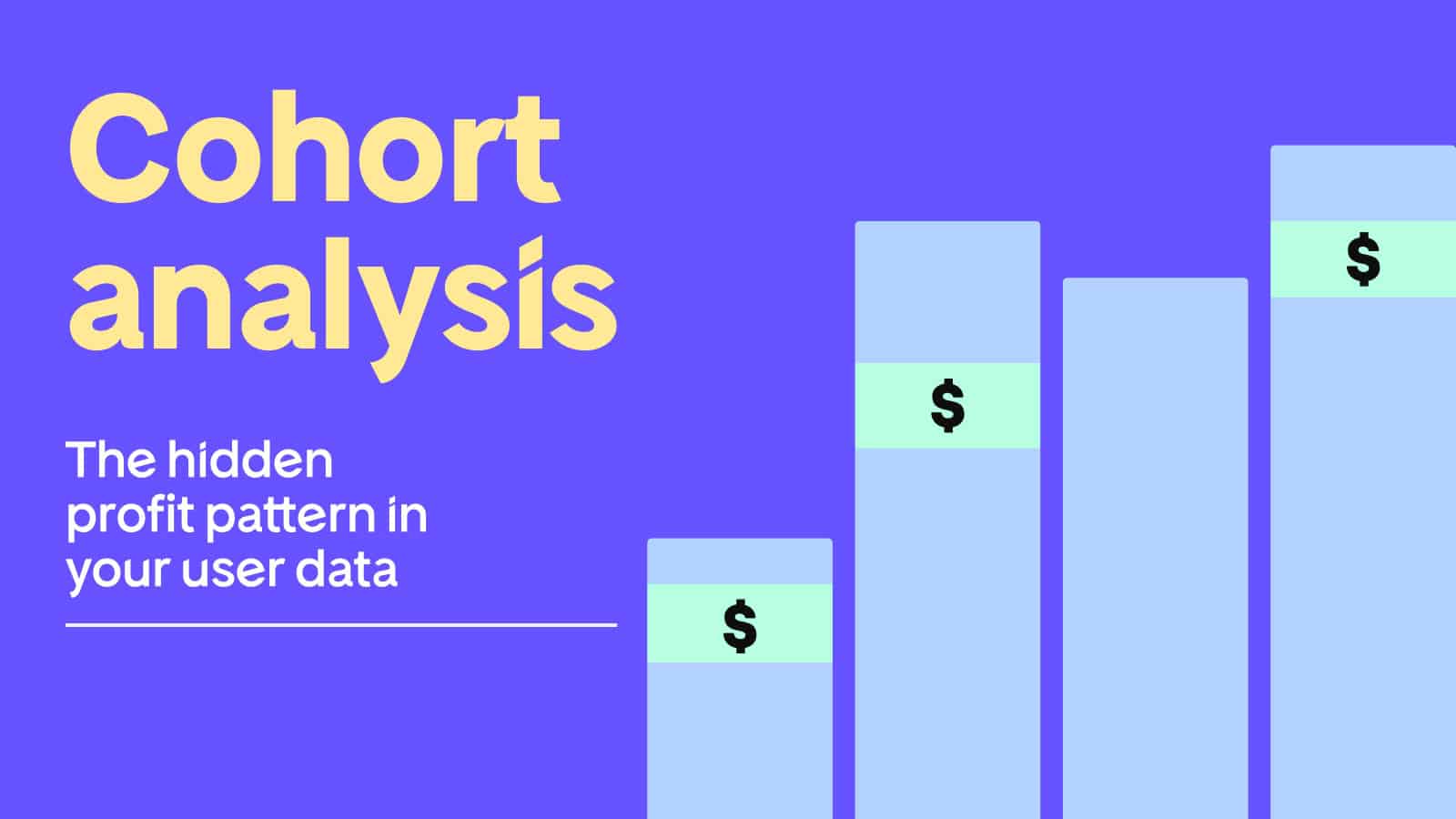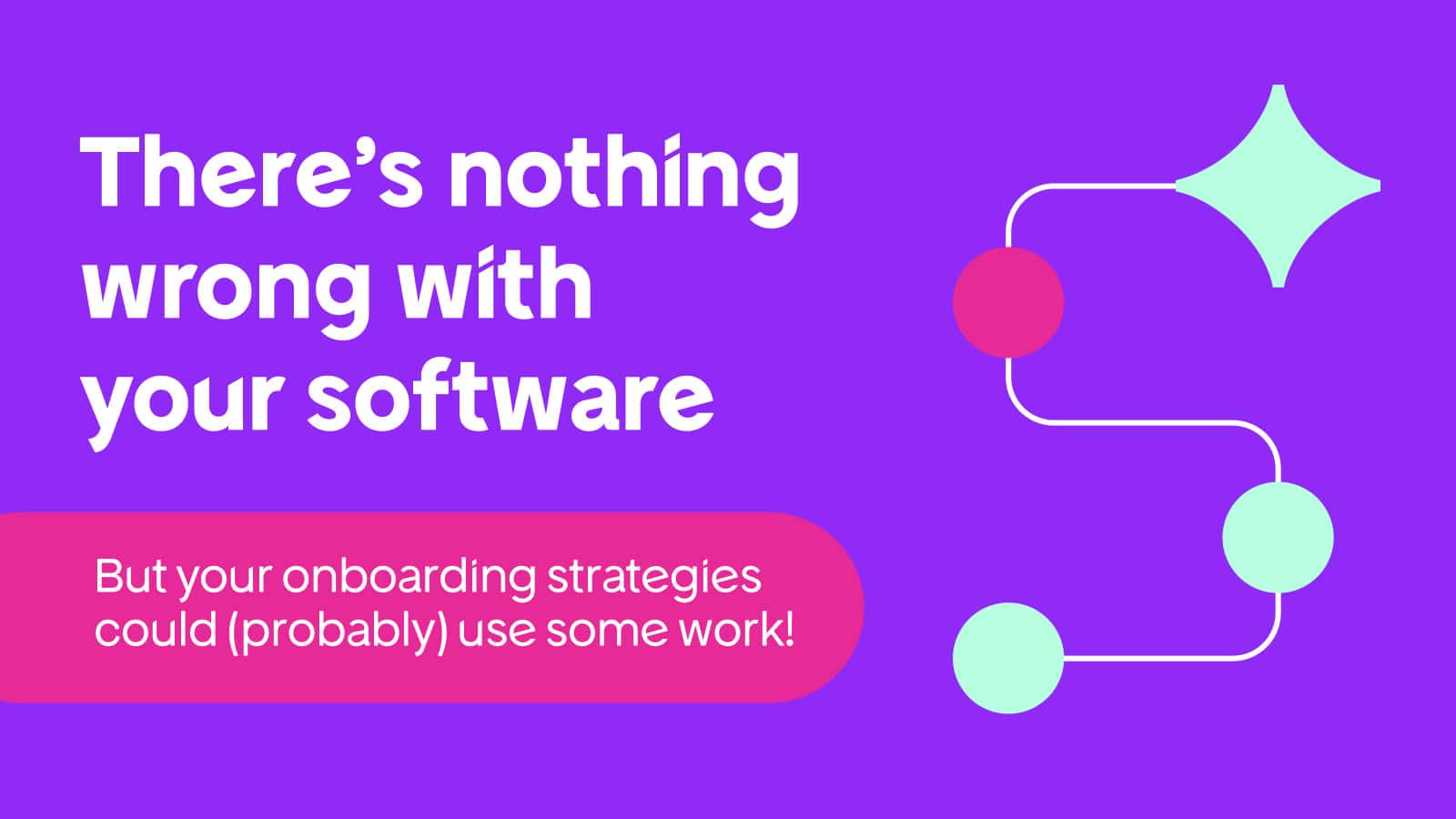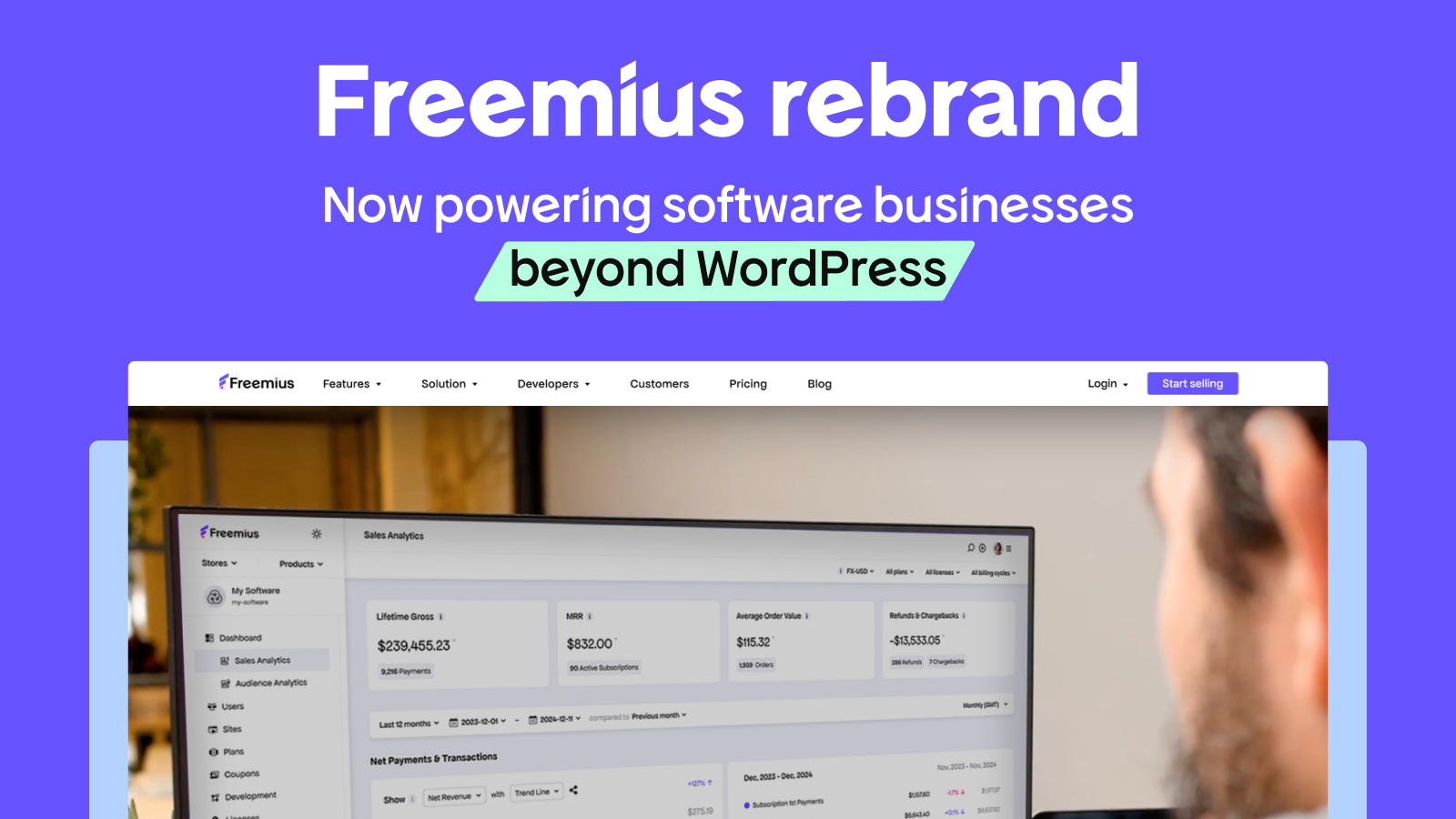|
|
Too many software makers overbuild or under-validate before they launch, and it kills momentum. In fact, 35% of startup failures happen because there’s no real market need, and not because the product wasn’t polished enough.
Instead of validating an idea properly, months are sunk into perfecting features no one asked for. By the time the product goes live, it’s missed the market or burned through time and money without real traction.
A minimum viable product (MVP) isn’t about shipping something unfinished. It’s about shipping a lean, focused product that solves a real problem, and using it to unlock feedback, adoption, and early growth.
That’s exactly how Robert Abela, founder of Melapress, built and scaled several successful software products. In this article, we’ll walk through practical strategies and real-world practices so you can launch faster, with more clarity and less waste.
The Importance of a Minimum Viable Product
When you assume your product needs to be feature-rich at launch, you end up sinking time into stuff that may never matter.
It’s not about launching something perfect, but something provable. Just enough value for users to test, react, and help shape what comes next.
Why MVPs work:
| MVP advantage | What it means |
| Faster time to market | Ship quickly, learn fast, avoid wasting months on guesswork. |
| User-driven evolution | Feedback from real users guides development. |
| Lower risk | Reduce financial and time investment upfront. |
| Early revenue | A successful MVP can generate income while still being refined. |
“Put it out there quickly and see if there’s interest. The trick is finding that sweet spot where users can see the product’s value while leaving room for enhancements based on real demand,” Robert says.
When building Melapress Role Editor, he followed this principle closely.
“The main purpose of a role editor is to create, edit, and delete roles. Releasing an MVP that only allows role creation wouldn’t make sense, as users would immediately find it lacking. Instead, we included the fundamental features and saved premium extras — like role backups — for later.”
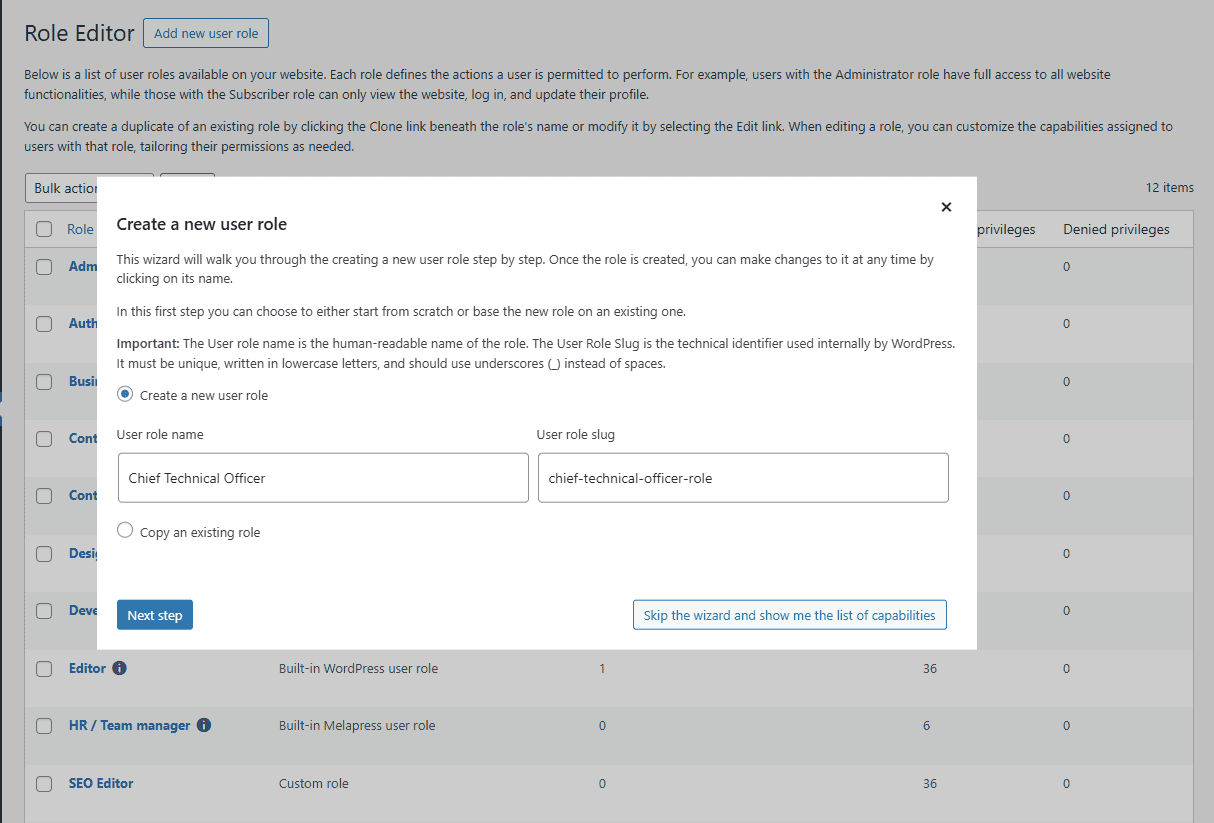
Striking that balance between usefulness and restraint is exactly why minimum viable products matter — they help you move fast without building blind.
Validating Your Product Idea
You can brainstorm, survey, or speculate all you like, but until people interact with your product in the real world, you’re working off guesswork.
Launch early, even if it’s just a free version or limited beta.
For WordPress, a free plugin is a low-friction way to test demand, invite feedback, and uncover unexpected needs.
For SaaS products, this might look like a feature-limited free tier or an invite-only beta. Anything that gets real users interacting with the product.
But not all feedback is created equal:
“There’s a difference between what people say and what they’re actually willing to pay for,” Robert cautions. “Someone might say they’d use your product, but when it’s time to commit, that story can change.”
Look for behavior, not just praise. Robert encourages you to monitor forums, support tickets, and download trends, which are all early signals of real traction.
If people take the time to report a bug or request a feature, it means they care enough to use your product. The more complaints you get early on, the better.
But is it validation or just noise? Here’s how to tell the difference.
| ✅ Strong signals | ⚠️ Weak or misleading signals |
| Support tickets, bug reports, feature requests
A customer asks for a new integration because they’ve hit a real limitation with your current setup. |
Praise with no engagement
“Looks great!” on X — but minimal signups or usage. |
| Consistent download growth
Your product’s new installs are increasing week by week. |
High traffic but no installs
A blog post gets noticed, but no one clicks “Download” or “Sign Up.” |
| Beta users returning with suggestions
Several testers give feedback over multiple sessions and request refinements. |
Survey responses from non-users
A newsletter subscriber answers your feature poll but hasn’t created an account or installed your product. |
| Competitor research showing demand
Other tools in your space have strong reviews and adoption, but lack a key feature you plan to offer. |
Gut feelings or casual chats
A friend says they “might use it” if they had that problem. |
Before you even start thinking about features, make sure you’re validating the right thing: demand. If no one’s interested in what you’re building, it won’t matter how streamlined or efficient your MVP is.
Another important lens for validation? Market familiarity.
“If you’re launching something completely new to the market, the risk of failure is much higher. But if you’re improving on an existing solution, your chances of success increase,” Robert elaborates.
Launching in a space users already understand — and doing something better, faster, or simpler — gives your MVP a head start. It means you’re not just guessing whether the problem exists. You’re building on proven need, and from there you can start creating the leanest solution to meet it.
Identifying Core Features for Your Minimum Viable Product
Every feature you add to your minimum viable product increases complexity, dev time, and support load. That’s why the best MVPs are ruthlessly focused on one thing: solving a real problem as simply and clearly as possible.
To figure out what belongs in your minimum viable product (and what doesn’t) start with this simple rule of thumb:
If it doesn’t solve the core problem, it can wait.
Study the competition. Not to copy, but to understand what users expect. “Public support forums — like the ones mentioned below — can reveal common frustrations and missing features, helping you focus on what really matters.”
- Reddit: User pain points shared in communities like r/WordPress or r/SaaS
- GitHub issues: Open-source projects expose frequent user complaints
- Canny.io boards: Public roadmaps reveal what’s in demand
- Stack Overflow: Technical workarounds often hint at missing features
- Product Hunt comments: Real-time minimum viable product feedback during launches
When deciding what to build, ask yourself:
“Would I rather ship something users need today or something they might appreciate someday in the future?”
If the feature…
- Solves a core user pain
- Makes the MVP functional
- Is small but high-impact
✅ Build it
If it…
- Sounds impressive but solves nothing urgent
- Supports niche cases
- Adds weight before validation
❌ Leave it for later
Too often, makers get stuck building for hypothetical users: adding features they think people want rather than what’s actually needed.
As Robert puts it, “there’s a big difference between what users need and what they want.” He recalls competing role editor plugins that offered automatic backups. Useful, sure, but not essential at launch. His team focused on making the core functionality seamless first, leaving extras like backups for later.
The balance lies in building just enough to solve the core problem: no more, no less. Once the MVP delivers that baseline value, it’s time to get it into users’ hands.
Time to Market vs. Time to Value
Shipping fast without delivering value is just releasing junk faster.
Robert suggests deciding early which features should be free and which should be paid — then making sure you have the resources to build them.
If you can build it well now, great. If not, shelve it. Perfectionism is a trap.

Robert recalls a colleague who spent more than a decade refining a product without ever launching it. “Thirteen years later, he’s still tweaking it after work, still chasing perfection. Meanwhile, others have launched, failed, learned, and succeeded in that time.”
Even mature products have bugs. Your MVP will too. The only thing worse than releasing too early… is never releasing at all.
The Launch Readiness Spectrum ⚖️
Ready to go or stuck in the weeds?
| Stage | Signal | Example |
| Too early | Missing core functionality | A task management tool that lets users create tasks but not organize them into projects or track progress. |
| Users can’t complete a task | A budgeting app where users can enter expenses but can’t generate any reports or summaries. | |
| No feedback yet | You’ve soft-launched your software product but haven’t told anyone, promoted it, or shared it with real users. | |
| Just right | Solves the core user problem | A role editor plugin that lets users create, edit, and delete roles — the essentials only. |
| Usable, even if not fully complete | A SaaS invoicing tool that lets users send invoices and accept payments, even though recurring billing and tax settings are still on the roadmap. | |
| Ready to learn through iteration | You’ve launched to early adopters, received feedback, and shipped your first few improvements. | |
| Too late | Polished but unvalidated | A beautifully designed app with dozens of features but no one has tested if it solves the core problem properly. |
| Spent months chasing perfection | Rebuilt your onboarding flow five times and still haven’t launched. | |
| High sunk cost, slow to adapt | You’ve spent a year building everything upfront. Now it’s hard to change direction without losing work. |
“Just right” = clear value, real feedback, and room to grow.
But even a well-timed minimum viable product won’t go anywhere unless the right people see it, and know what to do with it.
From Visibility to Engagement to Adoption
Getting your minimum viable product in front of the right users — the ones likely to care, engage, and give meaningful feedback — is where traction begins.
1. Reach your audience
- Publish where your users already hang out: For WordPress plugins, this might be the WordPress.org repository. For SaaS, think Shopify App Store, HubSpot Marketplace, or even Product Hunt to spark early discovery.
- Leverage your channels: Use your newsletter, blog, Twitter/X, or even inside your existing products to announce the MVP. Your best early users might already be in your ecosystem and they just need a nudge.
- Activate your network: Reach out to early access signups, friendly peers, or integration partners. These people are more likely to give honest feedback and share your MVP with others in the space.
2. Guide the first steps
- Highlight specific use cases or flows to test: Instead of saying, “Try the app,” say, “Try creating a new report, then export it to CSV and filter by date. Let us know what feels clunky.”
- Use onboarding emails, walkthroughs, or in-app nudges: Even a simple welcome email with three quick actions can make the difference between confusion and clarity.
- Ask the right questions early: Feedback is most valuable when it’s focused. Instead of “What do you think?”, ask: “Was anything confusing when you tried X?” or “What stopped you from completing Y?”
“If you give them pointers on what to test or what features to explore, you get much better feedback.” — Robert Abela, Melapress
Once you’ve got users knocking on the proverbial door, next comes the big question: should your minimum viable product be free, paid, or somewhere in between?
The Freemium Model: When and How to Use It
Freemium is more than “free + paid”. It’s a trust-building strategy that pays off down the line if you do it right.
We believe your free tier should stand on its own. It should help users achieve their core goal. Premium tiers should unlock power, not fix limitations.
Robert agrees:
“With our plugins, the free edition is fully functional. If a plugin exists to perform a task, users should be able to complete that task without needing to pay.” For example, in WP Activity Log, users can log and search activity for free, while automation, reports, and integrations are premium.
This approach means users understand the product’s value before they’re asked to upgrade, helping to build a product reputation based on usefulness, not pressure.
These simple principles help keep things honest and effective:
| ✅ Do this | ❌ Avoid! |
| Make your free tier fully functional
WP Activity Log lets users log and search events without paying. |
Hide core functionality behind a paywall
Charging just to complete the plugin’s core tasks sends the wrong message. |
| Define free vs premium from the start
Clearly listing which features belong to each tier builds long-term trust. |
Move features from free to paid later
Pulling a feature like automation from the free plan and locking it behind a paywall erodes user confidence. |
| Wait for real traction before monetizing
Start free, collect feedback, and only add premium features once you see consistent engagement. |
Rush to charge before users see value
If adoption is low and you’re already gating features, you’re solving the wrong problem. |
| Be transparent about what’s included
A simple comparison table or tier label helps users know what they’re getting. |
Change the rules mid-stream
Quietly removing features users rely on is a quick way to lose goodwill. |
Should an MVP Ever Be Paid?
As soon as you attach a price tag, your MVP graduates from “early-stage” to “real product”, and users will judge it accordingly.
“It’s already hard enough to get users to test a free software product,” Robert points out. “If it’s paid, they’ll expect a polished product, not an MVP. Why would someone pay to help you validate your idea?”
If monetization is non-negotiable, consider early access pricing to manage expectations. A product that will eventually cost $100/month could launch at $10 during beta. This encourages adoption and feedback without overpromising.
Beyond the MVP: How to Iterate With Focus
Anyone can ship an MVP. What happens next separates sustainable products from Frankensteins stitched together by user requests.
Step 1: Launch, Then Listen
Every MVP should be released with a rough roadmap in mind, but the real insights start flowing once users get their hands on it. For Robert and his team, the first release is always the leanest version possible: “It’s the minimum we could do just to get off the ground and start seeing feedback.”
Once that feedback arrives — through support tickets, emails, and early reviews — it’s tempting to respond to every request. But that’s a fast path to a bloated, directionless product.
Step 2: Filter Feedback — Don’t Chase It
A common mistake is overreacting to individual suggestions without a clear filter.
“If you listen to users 100% and follow every request. You won’t build what you had in mind. You’ll build something no single user actually wants.” — Robert Abela, Melapress
Instead, he recommends evaluating requests through the lens of your product vision and long-term goals. Some ideas will be clearly useful. Others may sound reasonable but create more complexity than value. And some just won’t align at all.
Apply structured filters like:
- Does this align with our core value proposition?
- An export feature fits naturally in an analytics tool. A built-in meeting scheduler? That’s not what users came for.
- Will the majority of users benefit, or just a vocal few?
- If dozens of users are asking for an onboarding wizard, that’s worth considering. But if one enterprise client wants SSO support, it can likely wait.
- Can we implement it without compromising UX or performance?
- Adding a quick-toggle to disable a module? Easy win. Bundling five new options into the settings page? Risky if it clutters the interface.
- Does this move the product forward or sideways?
- A streamlined upgrade path supports your growth. Adding a hidden “Konami code” that triggers a fireworks animation? Fun, but probably not your next priority.
Being selective isn’t neglect. It’s strategy.
Step 3: Prioritize What Scales
Once feedback is filtered, prioritize features that benefit the majority. Robert and his team follow this rule:
“I focus on features that 80% of users will benefit from. Features that only 20% need are lower priority. The goal is to grow the user base first, then refine niche functionalities later.”
Even feature request lists have a shelf life. If something has been sitting for a year, the need may have passed, or the product has evolved in a different direction.
Building a strong foundation from the beginning makes this process easier. Robert notes that his team rarely pivots radically after MVP because they stay focused early on and collect feedback from engaged users, not random testers.
“It’s better to get meaningful feedback from 10 engaged users than generic feedback from 100.”
From MVP to Momentum
A strong MVP is more than launching lean. It’s also learning fast, staying focused, and building with intention.
Robert puts it best: “Users will always tell you what they want, but it’s your job to figure out what most of them actually need.”
That means balancing input with direction, listening without losing the thread, and knowing when to stop building and start shipping.
Because once your MVP proves its value, your job shifts: from validating ideas to building products that scale, without burning out or getting lost in endless iterations.
And when you’re ready to focus on what matters most — like growth, feedback, and refinement — platforms like Freemius help remove the friction: from licensing and payments to taxes and insights, so you can stay lean without staying small.
Want feedback on your MVP strategy? Drop us an email or a DM on X — we’d love to hear what you’re building.
